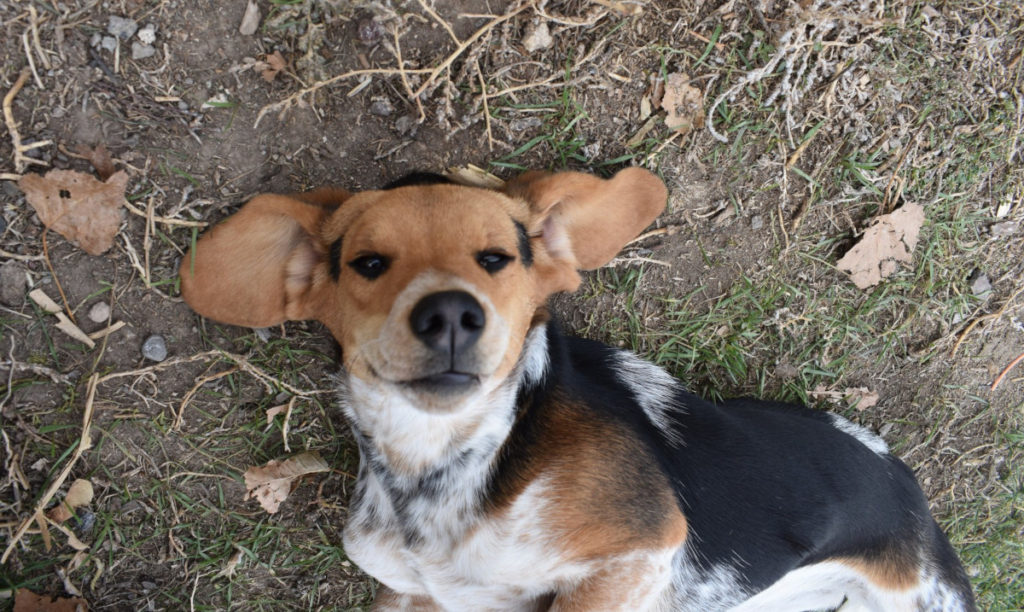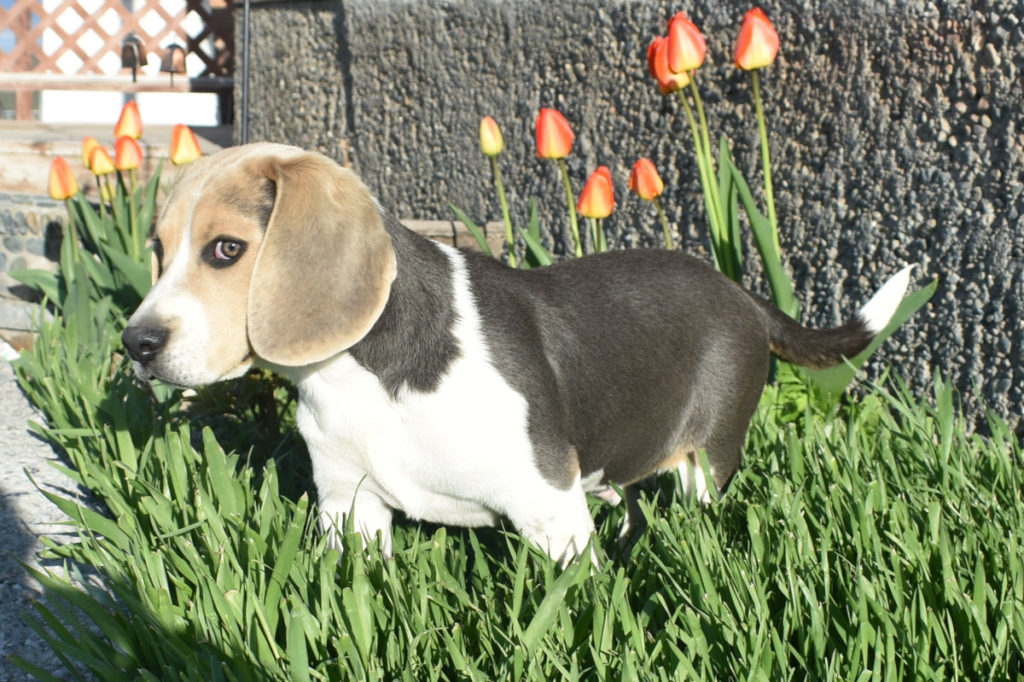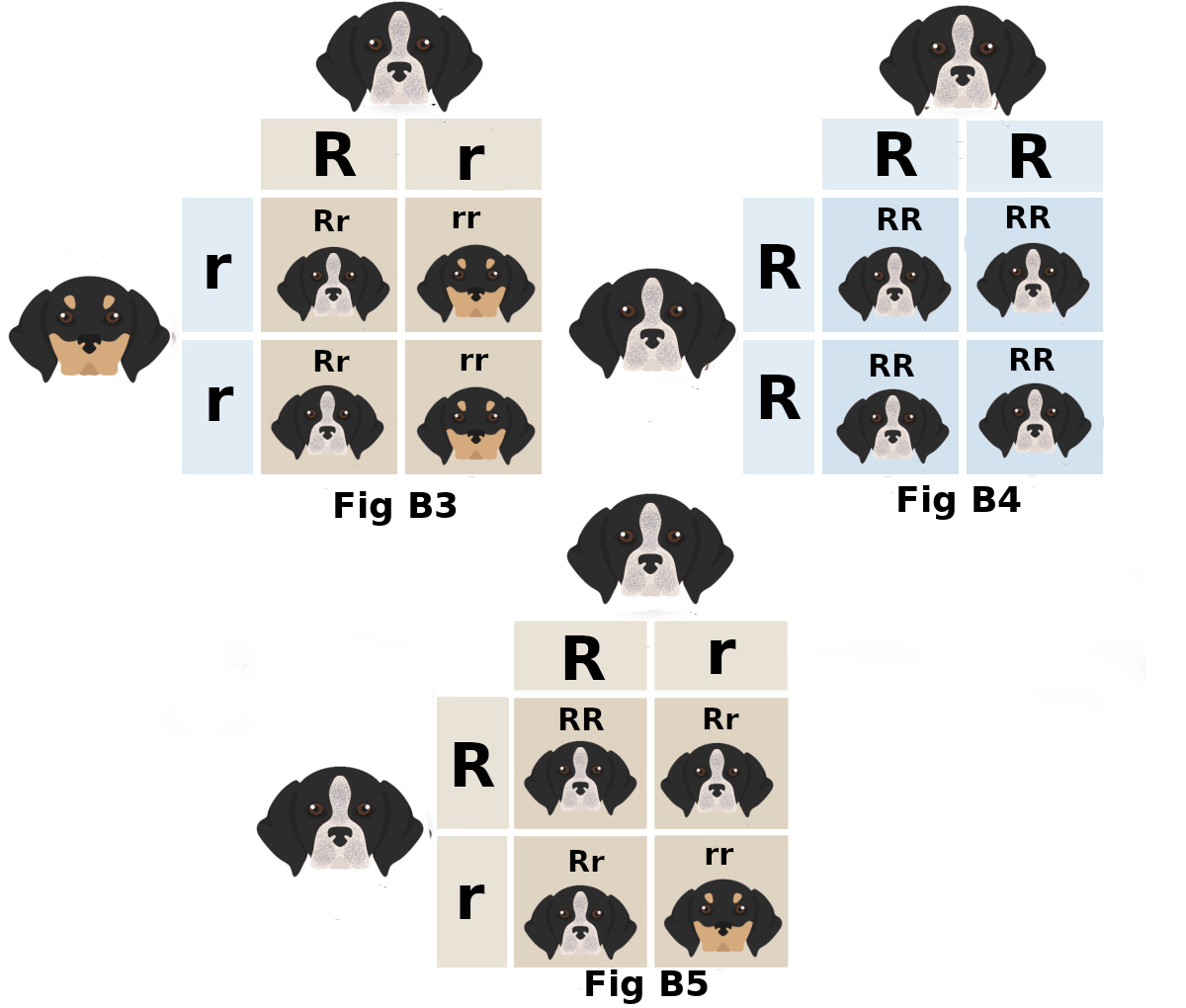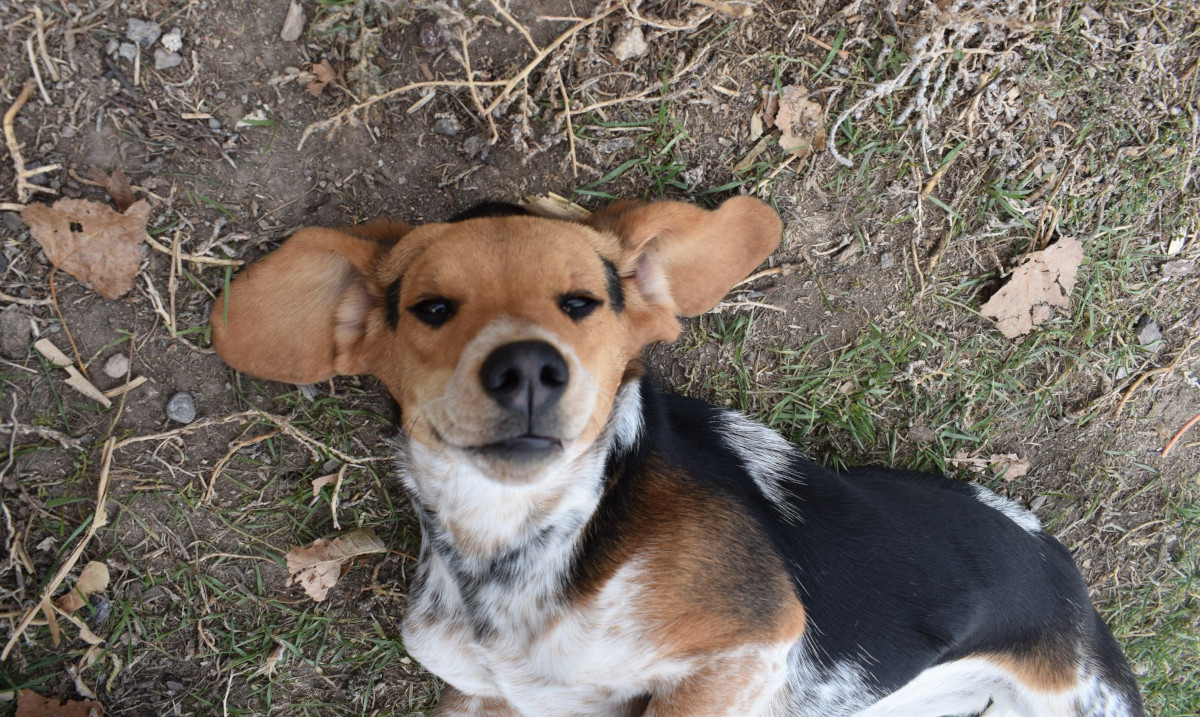
Blue Tick Beagle: Everything You Need to Know
The blue tick Beagle is a unique and beautiful variety of the tricolor Beagle. Distinguished by its white markings with “blue” spots, or freckles, the blue tick pattern can range from light to strong, depending on the genes they carry.
Understanding the Blue Tick Pattern
Despite the name “blue tick,” the color pattern is actually due to the roan gene, not the ticking factor. Therefore, it’s more accurate to refer to their coat as roan rather than ticked.
The blue ticking on a Beagle can be either strong or light. Strong roaning results in less white visible on the coat, while lighter roaning reveals more white.
History of Blue Tick Beagles
Beagles have a long history dating back to ancient Greece. The blue tick variety is a relatively recent development, gaining popularity for its distinctive coat pattern. Understanding the evolution of this breed can provide insight into their unique characteristics.
Blue Tick Beagles vs Blue Beagles.
If you are interested in a blue tick Beagle puppy, please check out my Blue Tick Beagle Puppy Litter page.
It’s important not to confuse a blue tick Beagle with a blue Beagle, as they are different. Blue Beagles, also known as silver Beagles, have a blue or silver coat without the roan pattern.
Here are pictures showcasing both types:
- Blue Tick Coat Pattern


From these images, you can see the distinctive roan pattern on the white patches. This blue freckled pattern is what gives them the name blue tick.
Here is a picture of a Blue Beagle aka Silver Beagle.


They have no roan pattern but instead have a blue or silver color coat pattern.
Genetic Factors in Blue Tick Beagles
Blue tick Beagles owe their unique appearance to several key genetic loci:
- A-locus: Responsible for the classic tricolor coat pattern (atat).
- B-locus: Determines whether the Beagle will be black or brown. Blue Tick Beagles are black, white, and tan (BB or Bb), never brown (bb).
- R-locus: This gene is crucial for the roan pattern. Beagles need at least one dominant R-locus gene to exhibit the blue tick pattern.
- E-locus: Influences the presence of yellow or lemon coloration. Blue tick Beagles are either EE or Ee. If they inherit (ee), the beagle will be lemon color. The lemon coat will mask the blue tick gene, so no roaming will ever be visible on a lemon beagle.
Breeding a blue tick Beagle requires understanding these genetic factors. For instance, crossing a blue tick with a red tick Beagle can result in a mix of roan patterns, depending on the genetic makeup at the B-locus and R-locus.

In order to get a blue tick beagle puppy, one has to breed to a blue tick beagle. If the blue tick carries both dominant R-locus gene, then the puppies will be blue tick. If the only carry one R-locus gene, then it’s 50/50 on what the puppies will be.
To find out the genetic makeup of your beagle you can go to: Wisdom Panel and pick up a DNA kit that test for genetic traits.
FAQs About Blue Tick Beagles
1. How big do blue tick Beagles get?
- Blue tick Beagles can range from 12 to 15 inches in height.
2. How much do they weigh?
- Smaller blue tick Beagles weigh between 20 to 30 pounds, while larger ones can weigh up to 45 pounds.
3. Are blue tick Beagles good with kids?
- Yes, blue tick Beagles are great with kids and other pets, including cats if properly trained.
4. Are blue tick Beagles noisy?
- They can howl and bray if they sense a stranger or another animal, but they are no louder than other dogs during routine activities.
Health and Care Tips for Blue Tick Beagles
Common Health Issues: Blue tick Beagles, like all Beagles, can be prone to hip dysplasia, hypothyroidism, and ear infections. Regular veterinary check-ups are essential to keep them healthy.
Diet and Exercise: Ensure a balanced diet and regular exercise to maintain their weight and overall health. Beagles have a tendency to gain weight, so portion control is crucial.
Grooming: Blue tick Beagles have short coats that require minimal grooming. Regular brushing will help reduce shedding and keep their coat healthy.
Training and Socialization
Training Tips: Start training your blue tick Beagle early. They are intelligent and respond well to positive reinforcement techniques. Consistency is key.
Socialization: Expose your Beagle to different environments, people, and other animals from a young age. This helps prevent behavioral issues and ensures they grow up to be well-adjusted dogs.
Blue Tick Beagle Activities
Blue tick Beagles excel in activities such as scent work, agility, and tracking. Engaging them in these activities can provide both mental and physical stimulation, making them happier and healthier.
Conclusion
The blue tick Beagle stands out not only for its unique appearance but also for its complex genetic makeup. If you have or plan to get a blue tick Beagle, remember that their wonderful traits go beyond color and genetics. Dedication and patience are essential to raising the blue tick Beagle of your dreams.

